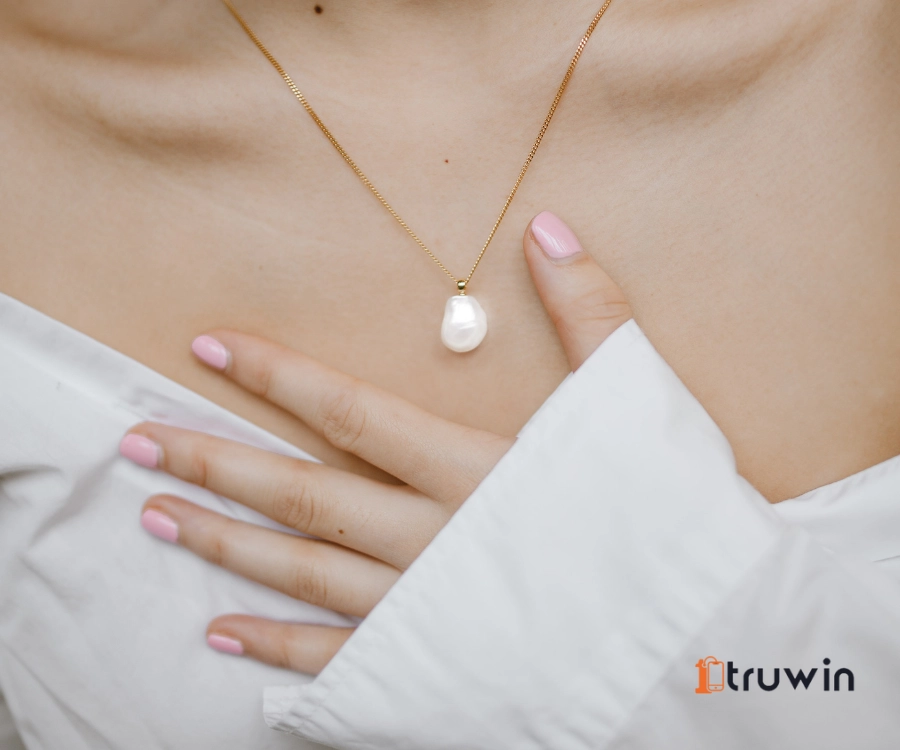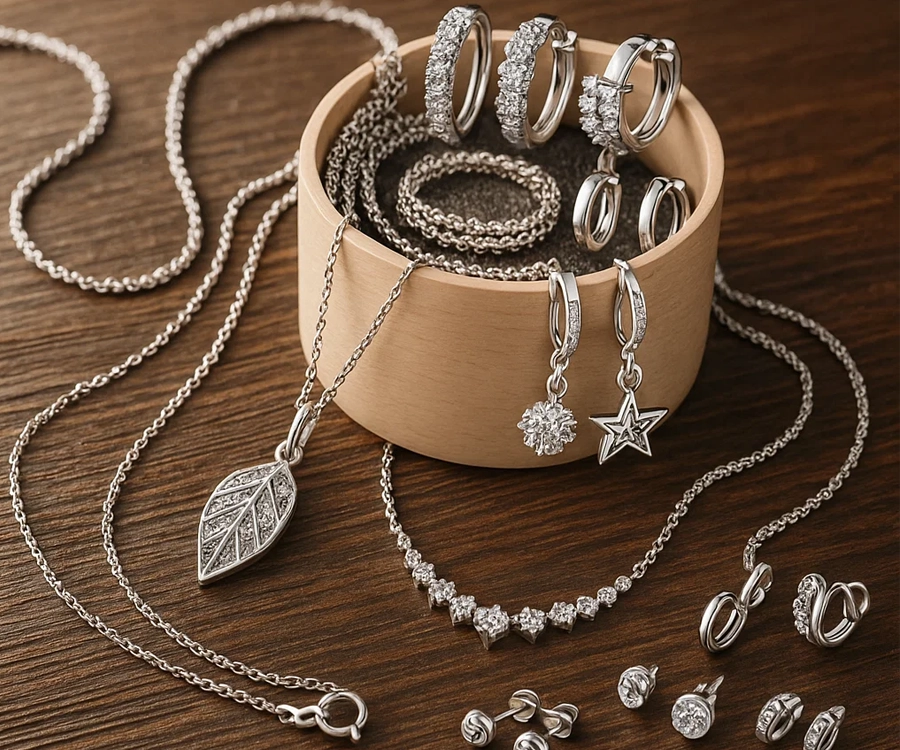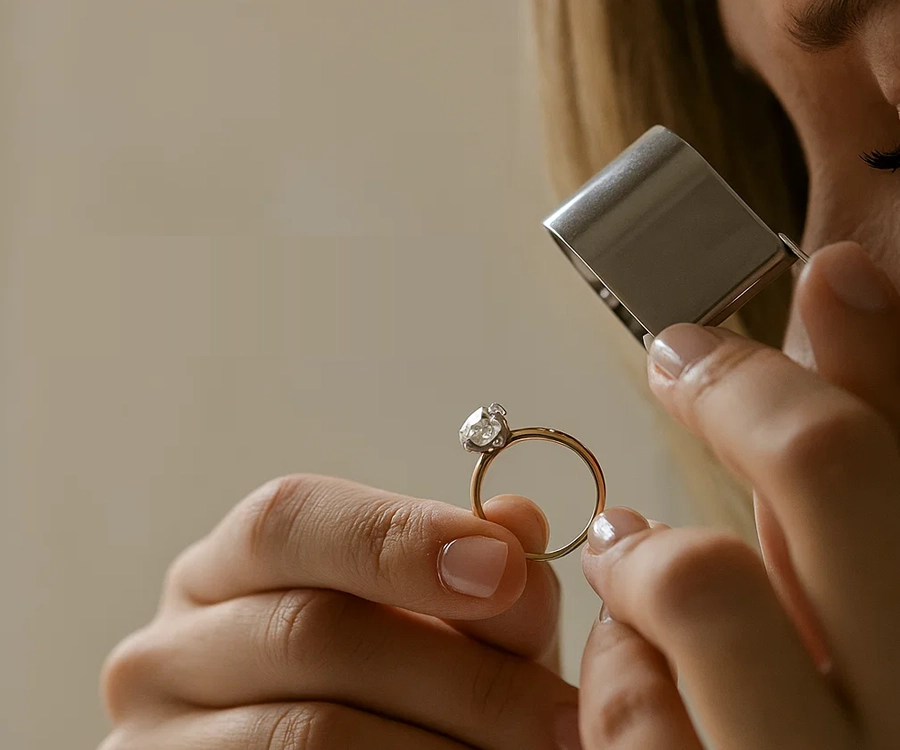The Rise of Liquid Metal Aesthetics
The sculptural silver movement draws its inspiration from the mesmerising process of molten metal creation, where sterling silver is literally melted and reformed into organic, fluid shapes. This technique, which captures silver frozen in time before reaching its final form, creates pieces that appear to be in constant motion. British artisans are pioneering this approach, using traditional lost-wax casting methods combined with innovative flame techniques to achieve the characteristic molten texture that defines this trend.
British Craftsmanship Leading the Movement
The UK has emerged as a global leader in contemporary silver design, building on centuries of silversmithing heritage. From the Birmingham Jewellery Quarter to London’s artisan studios, British craftspeople are redefining what sterling silver jewellery can be. The Goldsmiths’ Centre continues to support emerging talents who are pushing the boundaries of traditional techniques. Goldsmiths’ Centre
Market Dynamics and Consumer Behaviour
The UK jewellery market, valued at £5.76 billion in 2024 and projected to reach £9.4 billion by 2033, is experiencing significant growth driven by changing consumer preferences. Silver jewellery has shown particularly strong performance, with hallmarking figures revealing consistent increases in silver articles registered across UK assay offices. This growth reflects a broader shift towards affordable luxury and sustainable materials.UK assay offices
Sustainability and Ethical Considerations
One of the driving forces behind sculptural silver’s popularity is its alignment with sustainability trends. Many UK artisans create these pieces using 100% recycled sterling silver, often working from their own bench scraps and waste materials. This zero-waste approach resonates strongly with environmentally conscious consumers who are increasingly considering the ethical impact of their purchases.
Design Innovation and Technical Excellence
The sculptural silver movement showcases remarkable technical innovation within traditional silversmithing practices. British artisans employ various techniques including controlled flame application, lost-wax casting, and organic texturing methods to achieve the signature molten appearance. These processes require exceptional skill and timing, as the silver must be heated to precise temperatures and manipulated quickly before solidifying.
Cultural Impact and Style Integration
Sculptural silver jewellery has found its place in various style contexts, from casual everyday wear to statement pieces for special occasions. The versatility of these designs allows them to complement both minimalist aesthetics and maximalist layering trends. British fashion influencers and celebrities have embraced sculptural silver, often pairing chunky molten bangles with delicate layered chains to create compelling contrasts.
Future Outlook
As we progress through 2025, sculptural silver jewellery shows no signs of diminishing popularity. The UK silver market is projected to grow at a CAGR of 1.3% through 2035, with jewellery applications remaining a significant segment. Consumer research indicates continued strong interest in unique, handcrafted pieces that offer both aesthetic appeal and sustainable credentials.





